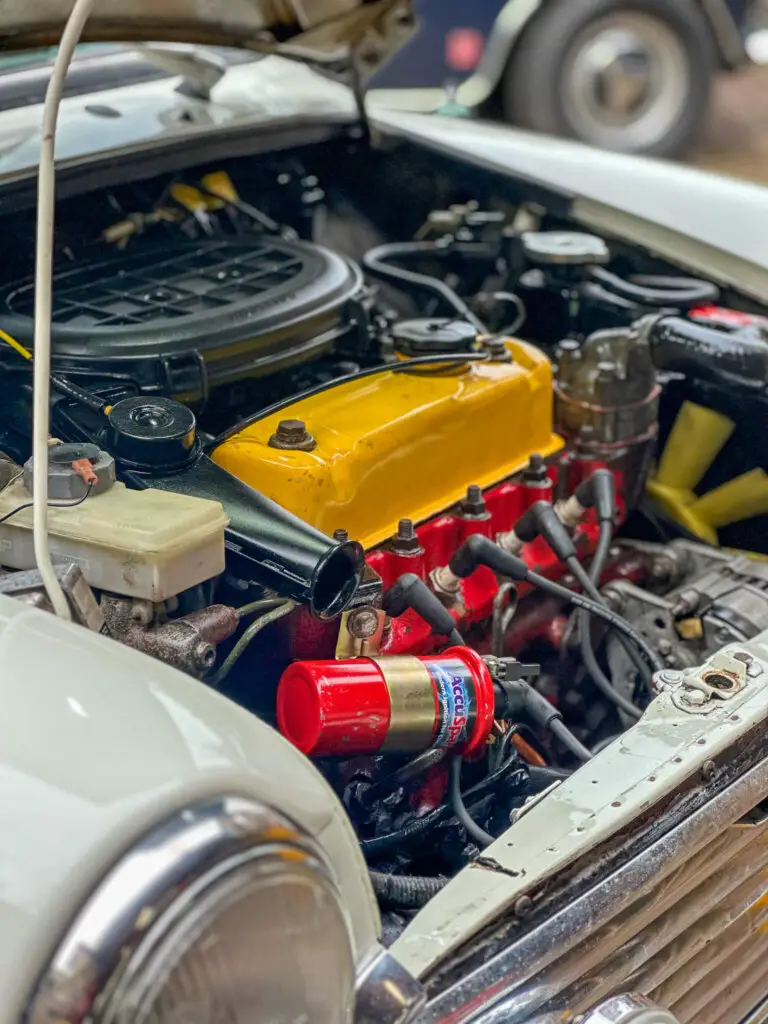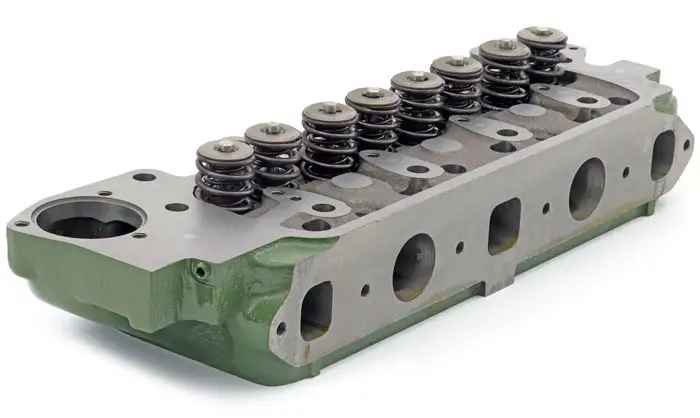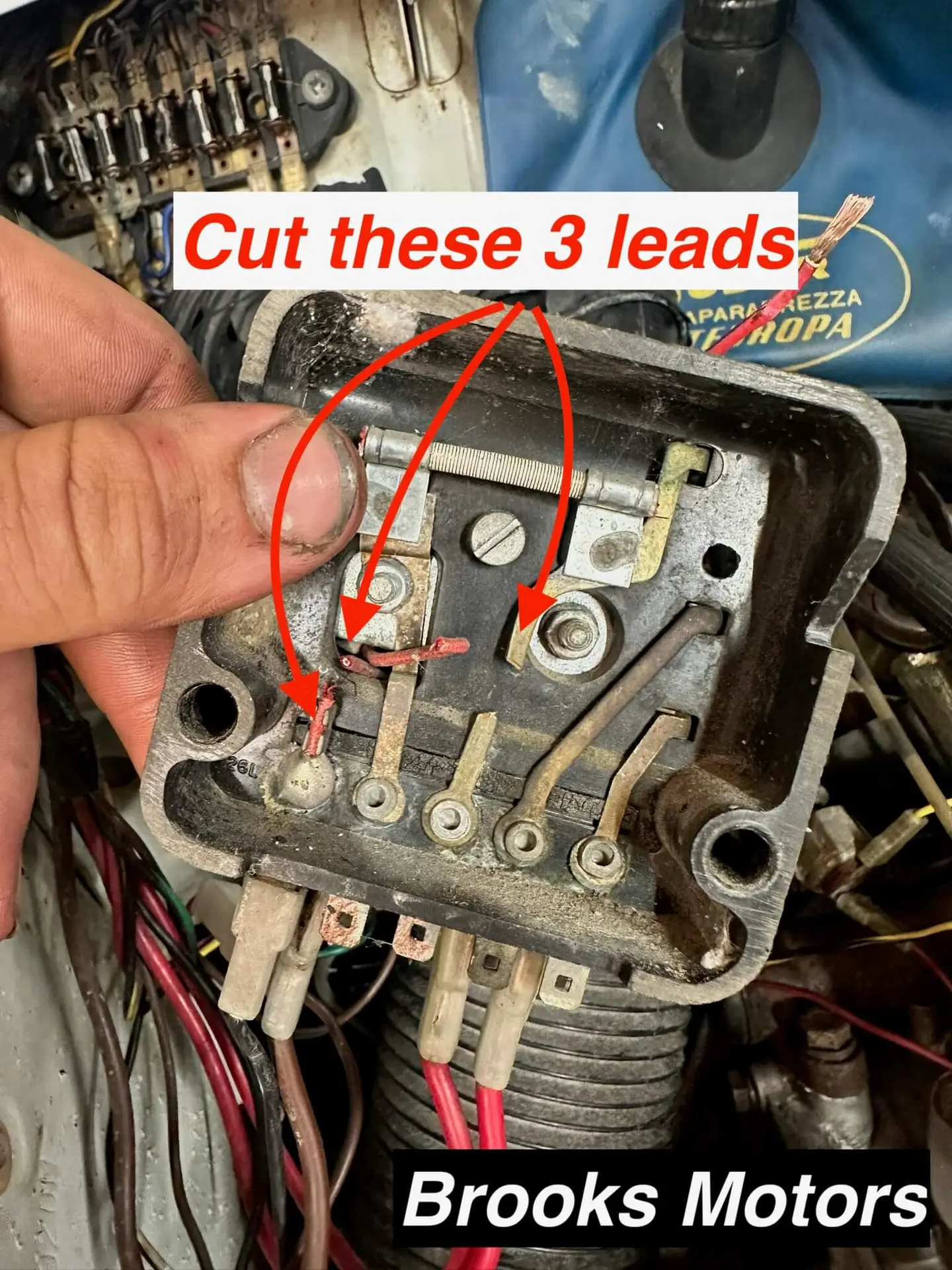The SU carburetor
and no, it’s not only setting the fueling screw right… the order of arrangement in

Troubleshooting SPI Minis: Recognizing Symptoms and Addressing Common Issues
The introduction of the Single Point Injection (SPI) system in Minis during the 1990s marked a significant technological advancement, equipping these classic cars with electronic fuel injection for improved efficiency and compliance with emissions standards. However, even low-mileage SPI Minis, including one we worked on recently that appear virtually new with only around 3,500 kilometers on the odometer, can exhibit a range of issues, primarily due to component aging rather than extensive use.
Initial Symptoms Indicating Problems
1. Bad Idling and Stalling:
• Common symptoms include the engine idling erratically or stalling during operation. This can be caused by vacuum leaks, malfunctioning idle control system such as a faulty stepper motor or not working heater element
2. Difficulty Starting:
• If the Mini struggles to start or fails to start at all, potential causes include problems with the fuel system, degraded ignition components like spark plugs, or electronic issues related to sensors and the ECU.
3. Overfueling and Limp Mode:
• An engine running excessively rich often results in blackened spark plugs and poor fuel economy. This typically happens when sensor failures trigger the ECU to default to a ‘safe’ mode, compromising performance to protect the engine.
4. Low Idle Issues:
• An engine that idles too low and potentially stalls when expected to idle could be suffering from improper adjustments or failures in the idle control valve (stepper motor) or improper adjusted throttle cable
Common Mechanical and Electronic Issues (from most common to more uncommon)
1. Vacuum Line Deterioration:
• Over time, the rubber vacuum lines can crack or disconnect, leading to air intake problems that affect the manifold absolute pressure sensor readings, thereby impacting engine performance.
2. Fuel Trap Blockages:
• The fuel trap, designed to prevent fuel vapors from affecting the manifold pressure readings, can become clogged, which disrupts the proper functioning of the fuel injection system.
4. Oxygen Sensor Failures:
• Malfunctions in the oxygen sensor can adversely affect the ECU’s ability to regulate the air-to-fuel ratio, leading to inefficient combustion and increased emissions.
5. Throttle Pedal Sensor Issues (Early Models):
• Earlier versions of SPI Minis included a sensor at the throttle pedal that detects when the pedal is pressed. Faults in this sensor can lead to delayed or unresponsive throttle performance.
6. Electrical and Sensor Issues:
• Problems with the electrical system, including worn or corroded wiring and connections, can lead to intermittent or chronic issues with various electronic components.
7. Faulty Throttle Position Sensor (TPS):
• This sensor is crucial for informing the ECU about the throttle’s position. A faulty TPS can cause erratic engine behavior and reduce responsiveness.
Diagnostic Tools and Approaches
1. Visual and Manual Inspections:
• Regular inspections of the throttle cable, wiring, and vacuum lines can identify physical signs of wear or failure that might not be immediately apparent through diagnostic tools.
2. Diagnostic Cable and Software:
• Basic diagnostic tools involve a cable and software setup, such as the MEMS FC, which allows for reading basic fault codes from the ECU. However, these tools might not provide comprehensive diagnostics.
3. Crypton Diagnostic Computer:
• A more reliable and thorough diagnostic tool is the Sykes Pickavant ACR computer, which can read detailed fault codes and live data. This tool is made specially made to read out these ecu’s and extra valuable for making precise adjustments and is primarily available second-hand due to its rarity. We at Brooks are lucky to have one!
By understanding the symptoms and underlying issues commonly associated with SPI Minis, owners can more effectively diagnose and address problems, ensuring these classic cars continue to perform optimally. Regular diagnostics and expert consultations remain key in maintaining the health and operational integrity of SPI Minis.
and no, it’s not only setting the fueling screw right… the order of arrangement in

This table provides detailed specifications to identify various Mini accelaration performance, including what kind of

Welcome to this guide on the 2.8 GTV engine parts. While many parts are shared

Converting a Lucas RB106 Voltage Regulator to an Alternator Dummy Box The Lucas RB106 control
00 316 38 37 66 91
[email protected]
Broekseweg 100, 4231VH
Meerkerk, The Netherlands
KvK: NL81356773
BTW: NL862055489B01